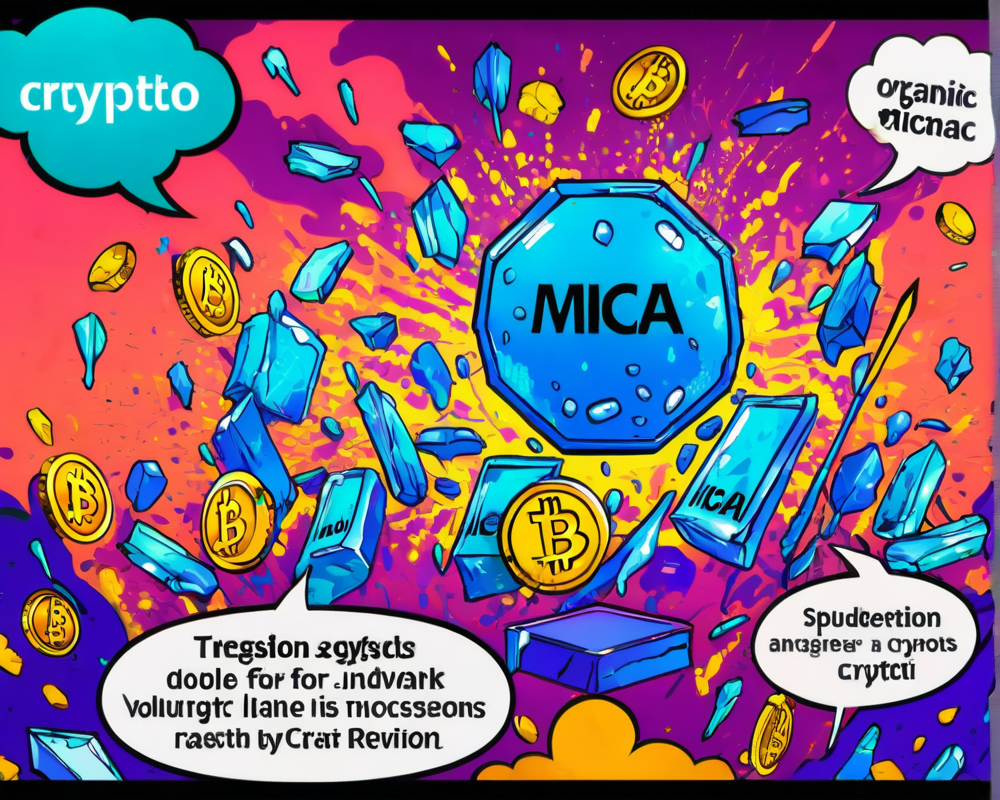Setting the Stage: MiCA Regulation in the EU
In a groundbreaking move, the European Union has introduced the Markets in Crypto-Assets (MiCA) regulation, firmly placing its foot on the gas pedal of the crypto landscape. This regulation aims to create a legal framework that promises clarity for investors and companies. But while the EU is setting standards, some are worried about the implications that come with this comprehensive approach.
Innovation Under Siege
One of the major concerns surrounding MiCA is its potential to stifle innovation within the decentralized finance (DeFi) space. Think of it as a suit that doesn’t quite fit—only tailored for traditional finance. By enforcing a rigid, one-size-fits-all approach, MiCA risks ignoring the unique traits that make DeFi special. This could lead to increased costs for decentralized exchanges (DEXs) and platforms, leaving them scrambling to keep up, much like a cat trying to catch a laser pointer.
- Higher Compliance Costs: Just like the Dodd-Frank Act in the U.S., which turned regulatory waters murky for smaller banks, MiCA could elevate expenses for nascent DeFi projects. This might result in fewer innovations as firms worry more about compliance than creativity.
The Price of Compliance: Who’s Paying the Bill?
In an ironic twist, traditional finance players have been playing hopscotch with compliance costs ever since the financial crisis of 2008. MiCA seems ready to make DEXs jump through similar hoops. From hefty staffing needs to the implementation of expensive tech solutions, the















+ There are no comments
Add yours